News
新闻资讯
- 我国精密模具市场前景可期!
- 如何谨慎的修理模具,主要的修复方法有哪些?
- 精密注塑制品出现披锋该如何调整?
- 当下中国模具行业市场现状及发展方向,值得借鉴
- 2021年中国汽车注塑模具市场现状及发展趋势预测分析
联系我们
手机:18020299888
电话:0510-85436666
邮箱:651706814@qq.com
地址:No. 29-2, Lu Ou Road, Hudai Industrial Park, Binhu District, Wuxi City
Common problem
How to adjust the sharp edge of precision injection molding products?
- 作者:管理员
- 发布时间:2022-08-05
- 点击:25
Flaring, also known as flash, overflow, overflow, etc., mostly occurs at the opening and closing position of the mold, such as the parting surface of the mold, the sliding part of the slider, the gap of the insert, the hole of the ejector rod, etc. If the overflow is not solved in time, it will be further expanded, resulting in local collapse of the stamping die, causing sexual damage. The sharp edge of the insert gap and ejector pin hole will also make the product stuck on the mold, affecting the demoulding.
Flapping is essentially the excess left on the product after the plastic material enters the gap of the mold fitting part and is cooled. To solve the problem of flaring is very simple, that is to control not to let the melt enter the mold fit gap. There are generally two situations when the plastic melt enters the mold fit gap: one is that the mold fit gap is already large, and the colloid is easy to enter it; Another situation is that the mold fit gap was originally small, but the molten colloid was forced into it due to pressure.
On the surface, it seems that Phi Feng can be completely solved as long as the manufacturing accuracy and strength of the mold are strengthened. It is absolutely necessary to improve the manufacturing accuracy of the mold, reduce the fitting gap of the mold and prevent the entry of molten colloid. However, in many cases, the strength of the mold cannot be infinitely strengthened. The colloid cannot burst into it under any pressure.
There are both mold reasons and process reasons for the emergence of phi Feng. Check the reasons for the process. First, check whether the clamping force is sufficient. Only when the clamping force is sufficient and the flaring is still generated, check the reasons for the mold.
Methods to check whether the clamping force is sufficient:
1) Gradually increase the injection pressure. With the increase of injection pressure, the flare also increases correspondingly, and the flare is mainly produced on the parting surface of the mold, indicating that the clamping force is not enough.
2) Gradually increase the clamping force of the injection molding machine. When the clamping force reaches a certain value, the drape on the parting surface disappears, or when the injection pressure is increased, the drape on the parting surface will no longer increase. It is considered that this clamping force is sufficient.
Methods to check whether there is sharp edge caused by mold manufacturing accuracy:
At a lower material temperature, lower glue filling speed and lower injection pressure, the product is just full (the product has a slight shrinkage). At this time, it can be considered that the ability of the melt to penetrate into the mold fit gap is very weak. At this time, if the burr occurs, it can be judged that it is a problem of mold manufacturing accuracy and needs to be repaired. We can consider giving up the use of technological methods to solve the generation of phi front. It should be noted that the above "three low" conditions are indispensable. High material temperature, fast glue filling speed and high injection pressure will lead to the increase of local pressure in the mold cavity, enhance the ability of the melt to burst into the mold fit gap, and expand the mold to produce a sharp edge, although the product is not satisfied with the glue at this time.
The analysis of the cause of the spike is based on the premise of sufficient clamping force. When the clamping force is insufficient, it is difficult to analyze the cause of the spike. The following analysis is based on sufficient clamping force. According to several conditions of the front, the possible causes of the front are as follows:
Two cases: as mentioned above, under the conditions of low temperature, low speed and low pressure, when the product is not full of glue, the flaring has occurred. The possible main reasons are: the mold manufacturing accuracy is not enough, and the fitting clearance is too large;
The second case: when the product is just full of glue, there is shrinkage in some parts, and there is no sharp edge; When the injection pressure is increased and the local shrinkage of the product is improved, the flaring occurs. Possible reasons are:
1) The material temperature is too high. If the material temperature is too high, the viscosity of the melt is low and the fluidity is good. The stronger the ability of the melt to burst into the fit gap of the die, the generation of the tip will be caused.
2) The injection speed is too fast, and the injection pressure is too high (resulting in filling oversaturation). Too fast speed, too much injection pressure, especially too much injection pressure, will enhance the ability of the melt to burst into the mold fit gap, resulting in the generation of sharp edges.
3) The fluidity of plastic is too high. The better the fluidity of the plastic, the lower the viscosity of the melt, and the stronger the ability of the melt to drill into the fit gap of the mold, it is easy to produce a sharp edge. When the mold production has been completed, the depth of the exhaust slot of the mold and the matching gap of the mold have been finalized, and another kind of plastic with good fluidity is used for production, there will be a sharp edge.
4) The strength of the mold is insufficient. When the design strength of the mold is insufficient, when the mold cavity bears the pressure of the plastic melt, it will deform and expand, and the colloid will burst into the gap of the mold to produce a sharp edge.
5) The product design is unreasonable. The local glue position of the product is too thick, and excessive shrinkage during injection molding will lead to local shrinkage. In order to adjust the problem of local shrinkage of products, it is often necessary to use higher injection pressure and longer injection time to fill and maintain the pressure, resulting in insufficient mold strength and deformation, resulting in sharp edges.
6) Mold temperature is too high. High mold temperature can not only make the plastic maintain good fluidity and small pressure loss, but also reduce the strength of the mold, which will also lead to the generation of sharp edges.
The second situation is the most common problem encountered in injection molding production, which can not be solved by all process means, which is more difficult for injection molding technicians. In this case, the main means is to repair the mold. The solutions are:
1) Local glue reduction of the product. Reduce the glue on the shrunk part of the product. After the glue level is thinned, the shrinkage problem of the product can be improved, the injection pressure will be reduced, the mold deformation will be small, and the flaring will be restrained. This is the most effective and commonly used method.
2) Increase the glue feeding point. By increasing the pouring point, the injection process and injection pressure can be reduced, and the pressure on the mold cavity will be reduced, which can effectively solve the generation of flaring. Increasing the pouring point, especially at the shrinking position of the product, can have an immediate effect on reducing the injection pressure of the mold cavity. It is also one of the commonly used means.
3) Strengthen the mold locally. Sometimes the deformation of the formwork can be strengthened by adding a support head between the movable formwork and the thimble plate.

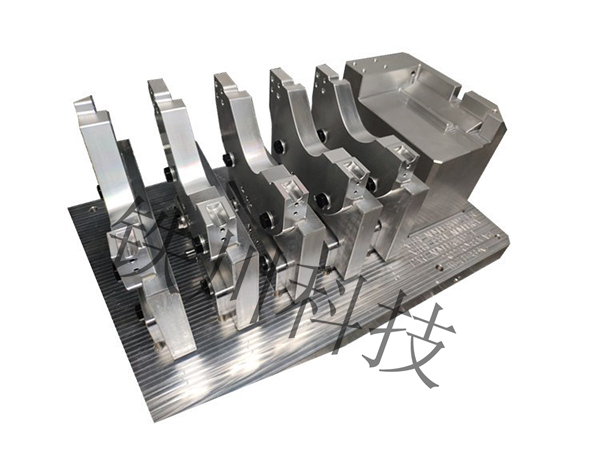
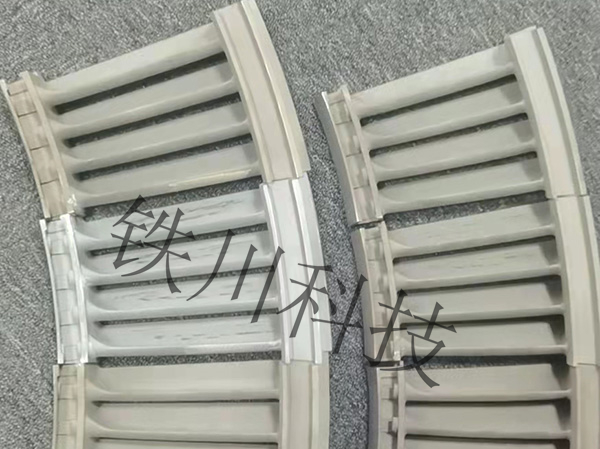
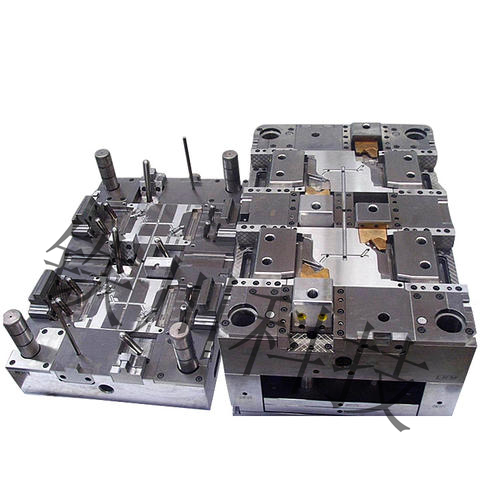
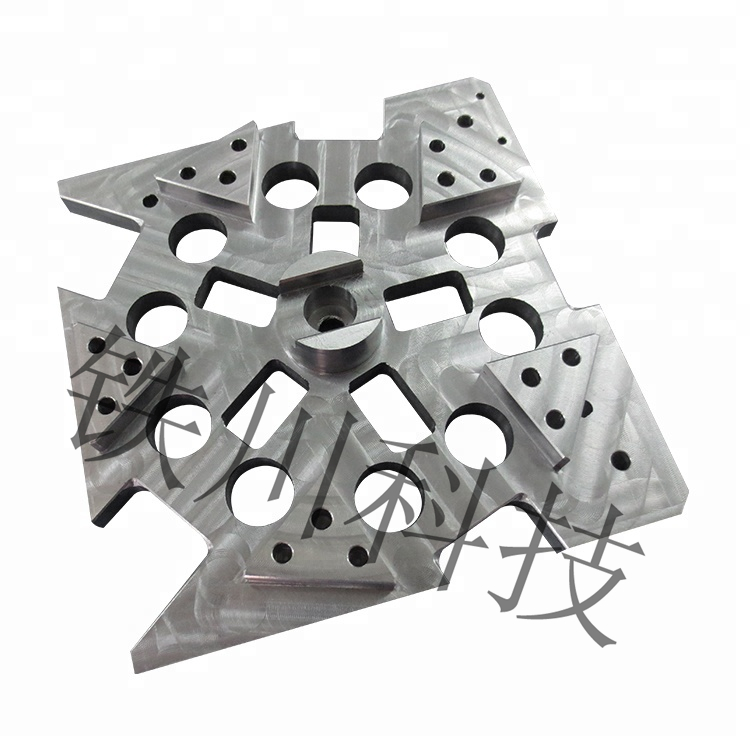
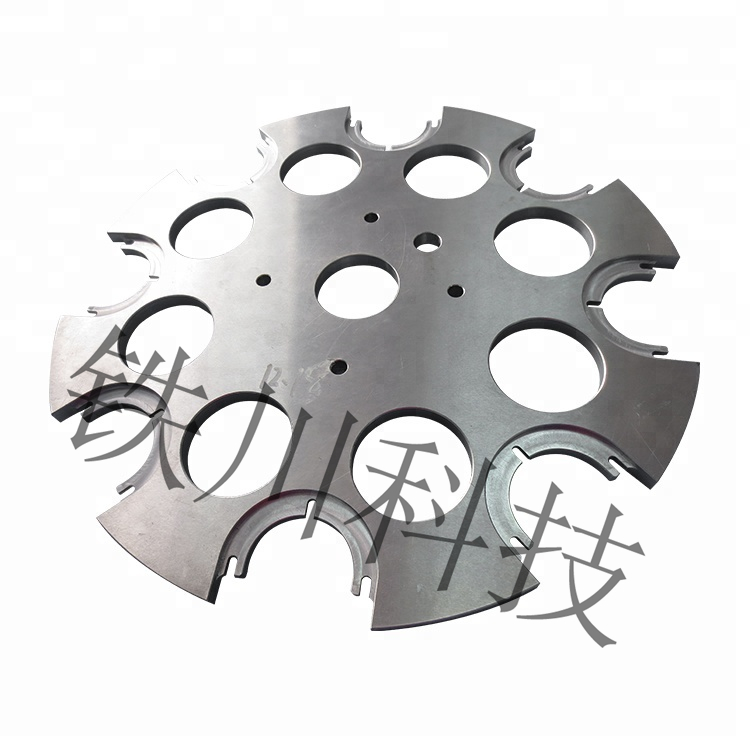
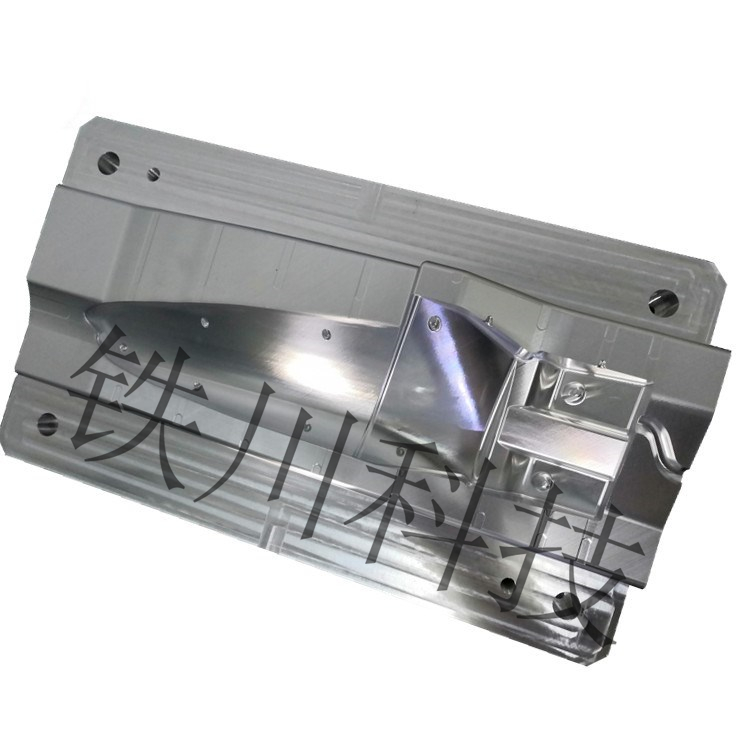

 客服QQ
客服QQ